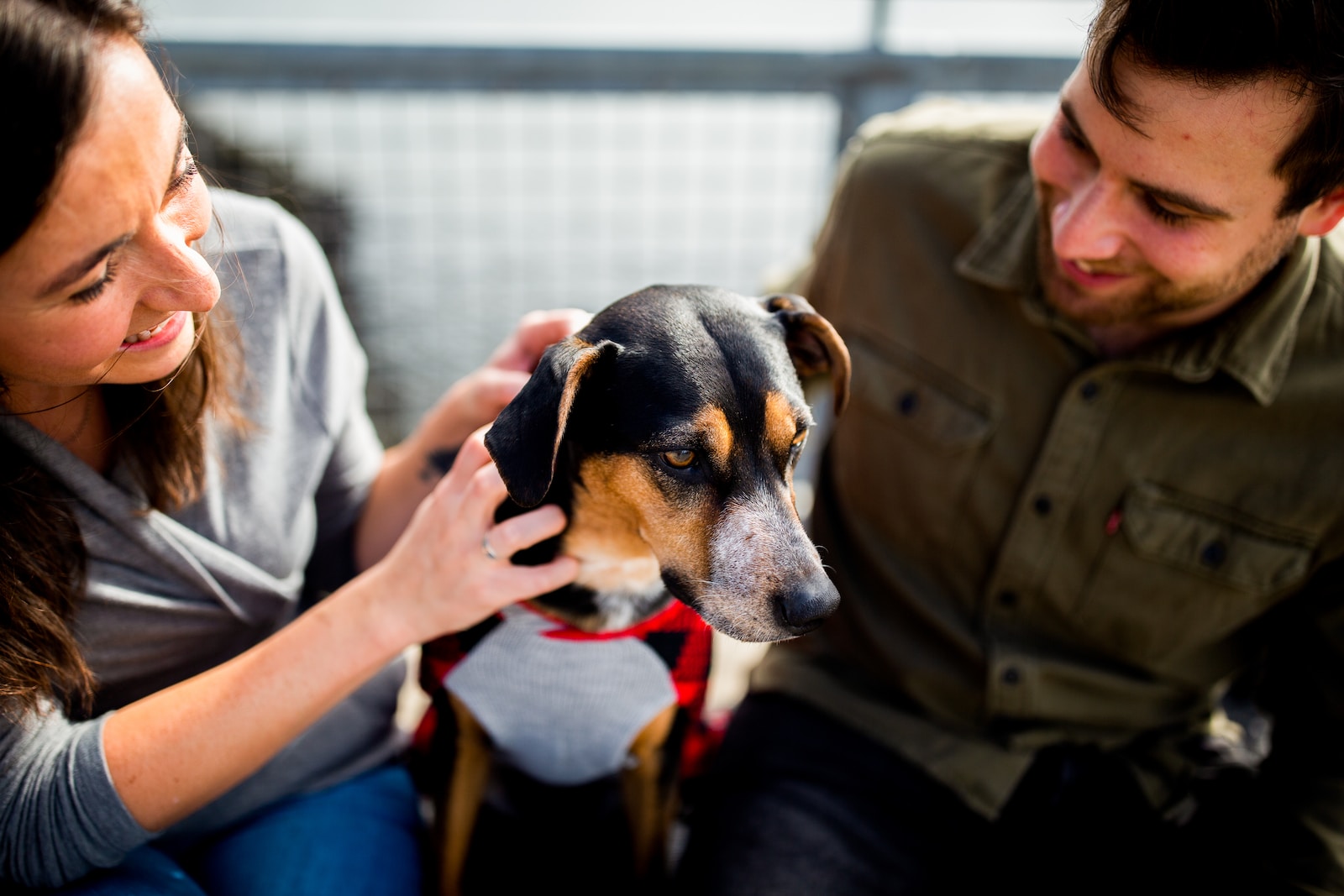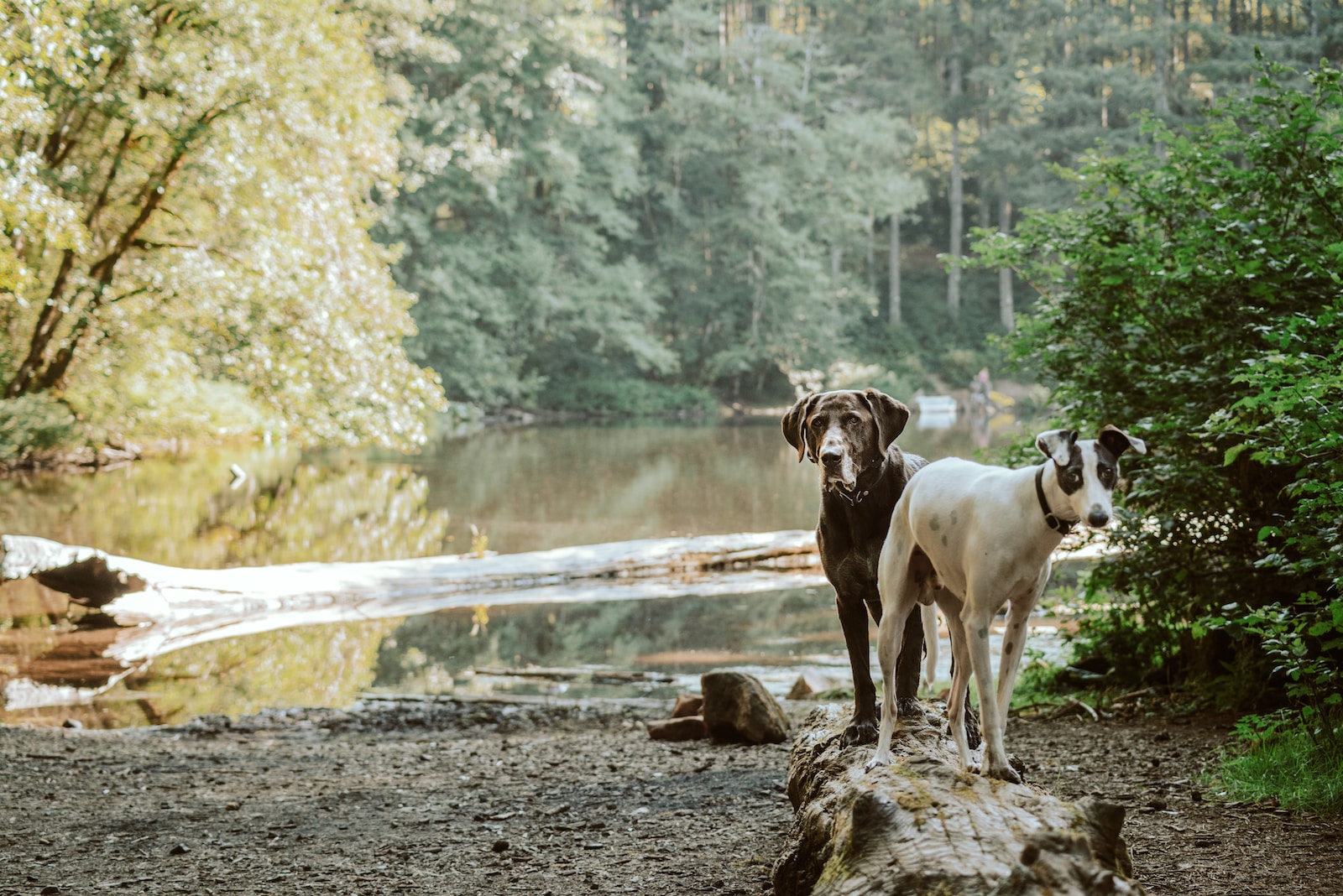When it comes to our furry friends, communication means talking to your dog is super important for building a strong bond and understanding. Dogs are social animals and use different ways to talk to us. As responsible pet owners, it’s our job to learn how to talk to our dogs in a way they understand. In this article, we’ll explore how dogs communicate and give you tips on how to have a great relationship with your furry friend.
Understanding How Dogs Talk
Dogs use their bodies to show us how they feel. By watching their body language, we can understand what they want and how they’re feeling.
Pay Attention to Body Posture
A relaxed and loose body means your dog is calm and happy. But if they look stiff or tense, it might mean they’re scared or angry. By noticing how your dog holds their body, you can figure out what’s going on in their head.
Look at Their Face
A dog’s face can tell us a lot about their emotions. A happy dog has a relaxed mouth, soft eyes, and a wagging tail. But if their forehead is wrinkled, their eyes are squinted, or they’re showing their teeth, it might mean they’re anxious or mad. Understanding these expressions helps us know what our dogs need.
Watch Their Tail
A dog’s tail can give us clues about how they’re feeling. A high and wagging tail usually means they’re excited and happy. But if their tail is tucked or wagging slowly, it might mean they’re scared or submissive. It’s also important to pay attention to how fast and which way their tail is wagging.
Talking with Words
Even though dogs don’t understand our words, they can learn to associate them with actions or outcomes. By using consistent commands, we can communicate clearly with our dogs.
Teach Basic Commands
Teaching your dog simple commands like sit, stay, come, and heel is a great way to start. Use short and clear commands, and when they do what you ask, give them praise or a treat.
Use the Right Tone
Dogs are sensitive to how we sound. A happy and positive tone shows them you’re pleased with them. A firm tone lets them know when they need to correct their behavior. It’s important to sound calm and confident to show them you’re in charge without scaring them.
Timing Matters
Timing is crucial when giving commands. Dogs have short attention spans, so it’s important to say the command right when you want them to do something. If you wait too long, they might get confused and not understand what you want.
Communication Without Words
Besides using words, dogs also communicate without talking. Understanding and responding to their non-verbal signals helps us connect with them even better.
Touch and Physical Contact
Touch is a powerful way to communicate with dogs. Gentle strokes or pats show them love and reassurance. But remember, not all dogs like a lot of touching, so respect their boundaries.
Scent Communication
Dogs have an amazing sense of smell. They use scents to communicate with other dogs and even with us. Letting them sniff and explore their surroundings allows them to gather information and talk through smells.
Listen and Observe
Communication goes both ways. Listening to your dog’s barks, whines, or growls helps you understand what they need. Also, paying attention to their actions and reactions helps you learn more about how they talk.
Becoming an expert at talking to your dog takes time and practice. By understanding their body language, using clear words and commands, and paying attention to their non-verbal signals, you can have a wonderful and loving relationship with your furry friend. Remember, good communication builds trust, helps with behavior, and keeps your dog happy and healthy.
FAQs
How long does it take to talk to your dog effectively?
It varies from dog to dog. Some dogs catch on quickly, while others may take more time. Consistent training and bonding can take weeks or months to establish good communication.
Can all dogs understand what we say?
Yes, all dogs can learn to understand some words. However, some breeds may learn faster than others. Using the same words and being patient and positive helps them understand us better.
How do dogs usually talk to us?
Dogs communicate in different ways. They may do play bows to invite us to play, lift their paws to ask for attention, or roll onto their backs to show they’re not a threat.
Can dogs tell how we feel?
Dogs are great at sensing our emotions. They can pick up on our facial expressions, body language, and tone of voice to understand how we’re feeling.
What should I do if I’m having trouble talking to my dog?
If you’re having difficulty communicating with your dog, it’s helpful to seek advice from a professional dog trainer or behaviorist.












